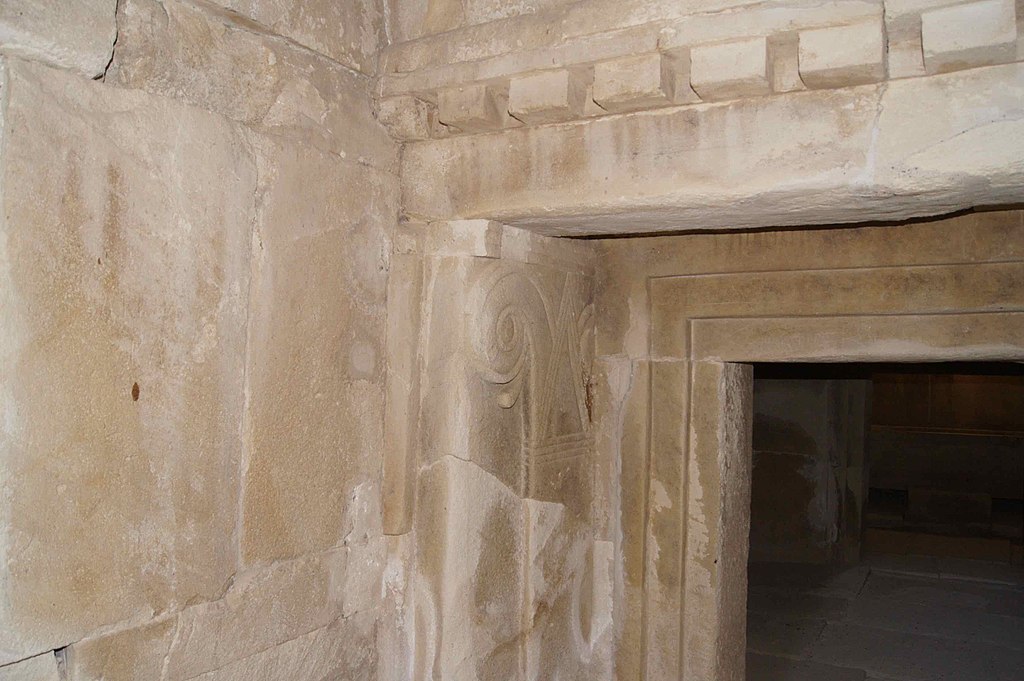Nestled amidst the verdant landscapes of the Troodos, approximately 20 kilometers southwest of Nicosia, lies the captivating archaeological site of Tamassos. The ruins of this ancient city-kingdom, once a thriving hub of trade and of religious significance, stand as a testament to Cyprus’ rich historical tapestry.
Despite the lack of local records, the existence of Tamassos is documented in an Assyrian inscription dating back to around 673 BC, where it is referred to as Tamesi, a city-state paying tribute to the Neo-Assyrian Empire. Its strategic location near copper mines further strengthens the hypothesis that Tamassos could be Temese, a prominent copper marketplace mentioned in Homer’s Odyssey.
Archaeological excavations have shed light on the grandeur of Tamassos. The unearthed temple of Aphrodite, along with a rough limestone altar, incense burners, and lamps, indicates the flourishing worship of the ancient Greek goddess in this region. Additionally, the discovery of two majestic royal tombs and several smaller ones underscores the city’s wealth and political influence.

Royal tomb entrance (Tomb 5) with volute (proto-Aeolic) capital, recessed door, lintel, stone imitation of rectangular roof beams
Tamassos – Wikipedia
The site also showcases remnants of the city’s fortifications and copper-processing installations. Excavations have unearthed copper workshops associated with Aphrodite-Astarte, providing evidence of the close connection between the goddess and the metal trade. Moreover, six oversized limestone statues dating back to the 6th century BC, when Cyprus was under Egyptian rule, have been unearthed. These statues, currently displayed at the Archaeological Museum in Nicosia, further emphasize the city’s cultural and economic significance during this period.
The sanctuary and altar of Tamassos are believed to have been constructed during the Cypro-Archaic II period (600-475 BC). Historical evidence suggests that the site underwent two devastating destructions of some sort, first in the early 5th century and again in the 4th century BC. However, it was subsequently rebuilt during the Hellenistic period. Terracotta and stone statuettes of pigeons, the sacred bird of Aphrodite, have also been uncovered at the site, further solidifying the city’s devotion to the goddess.
Today, the archaeological site of Tamassos stands as a captivating destination for history enthusiasts and adventure seekers. Wandering through its ruins, visitors can embark on a journey through time, imagining the grandeur and bustling life that once filled this ancient city. It’s certainly somewhere to visit on your next adventure!
